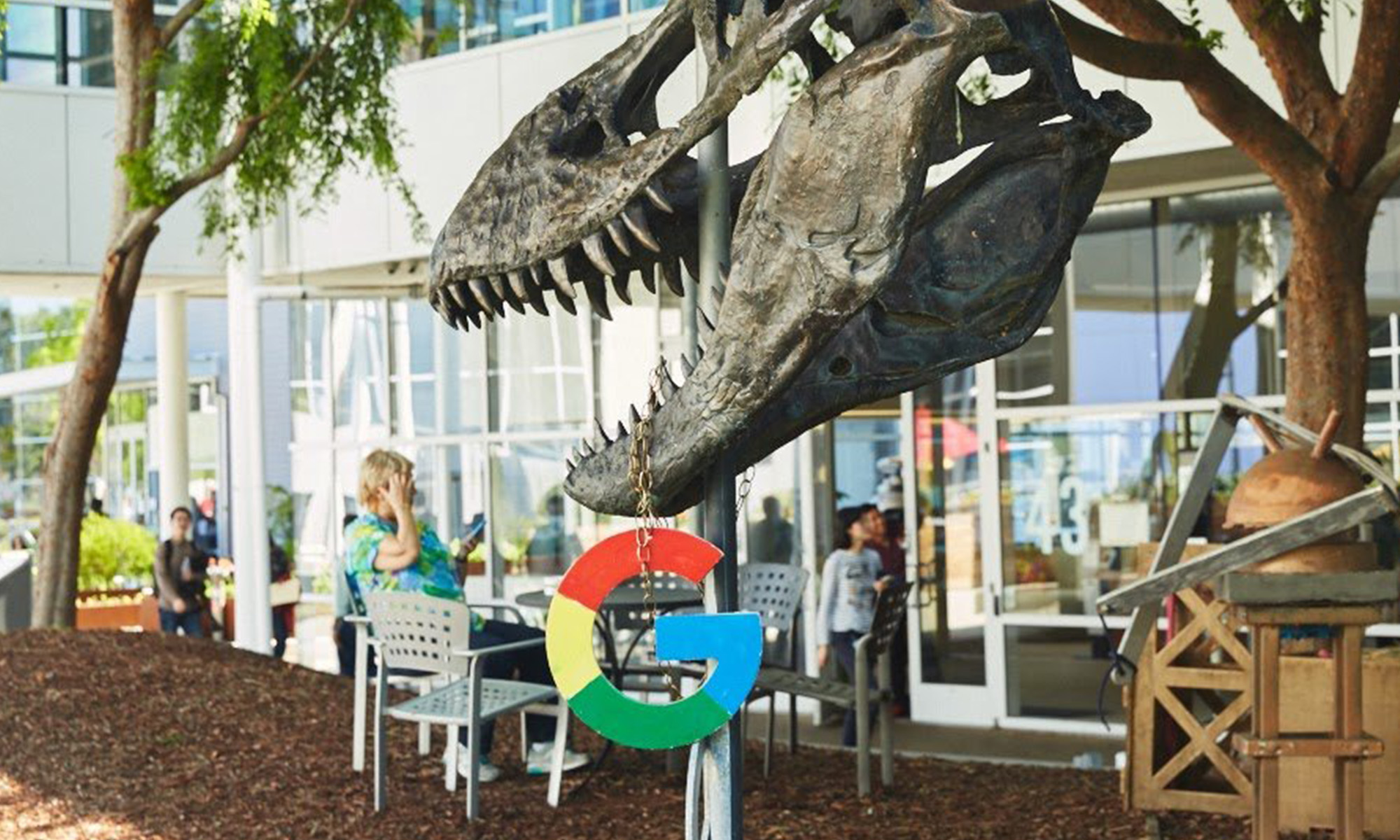
Source: Facebook.
If you've recently perused your Facebook (FB 2.29%) feed, you'll realize you're probably seeing more video. And that's not by happenstance: Facebook recently redeveloped its video experience, supplanting Google's YouTube links with its own native hosting service in order to monetize video more effectively. The end result has been mostly positive for Zuckerberg and Co., as the company reported growing videos to 4 billion views per day in April, up from 1 billion last September.
More recently, however, there have been bumps along the road. Perhaps the most visible complainant against Facebook's new video growth was vlogger Hank Green. Writing in Medium, Green wrote of Facebook's video growth, "all they had to do was lie, cheat, and steal." And while Green writes from the prospective of a content creator, there are overlapping concerns many advertisers share in regards to Facebook's video service.
Specifically, both advertisers and content creators have concerns about how Facebook counts those 4 billion daily views it reported. And it appears Facebook got the memo, and has modified its policy to the benefit of advertisers.
More choice for advertisers
On Facebook for Business, the company announced two updates in regards to its relationship with advertisers. The first is a partnership with analytics company Moat, which will now independently measure how Facebook's video ads are doing. For advertisers skittish about Facebook's metrics and measurements, this is a welcome development.
The second is that the company will now let advertisers purchase 100%-in-view options for their ads. What this means is that, if the entire ad -- top to bottom -- hasn't passed through the user's news feed, then Facebook will not charge you for the spot. Of course, this option will be more expensive than its current ad policy, but it should be worth it for advertisers because it signifies a higher level of interaction with a potential consumer.
For Facebook, this is continued evolution of its video advertisement monetization strategy. Initially, the company faced criticism for its definition of what it considers a view. Facebook counts 3 seconds as a view, and even charges some companies for ads quicker than that, with half of these videos viewed without sound. Even with Facebook's tremendous user base, and data repository on each user, many advertisers questioned Facebook's value proposition.
Facebook's telling the truth
In response to critics, Facebook offered a 10-second option, essentially treating this as a click versus an impression. For those not familiar with marketing lingo, there are essentially two main types of online marketing campaigns: cost-per-impression marketing, or cost-per-click marketing. The former is cheaper on a per-interaction basis, but marketers are charged more for viewers who may have no interest in the product. The second is more expensive, as clicks are a stronger indication of interest than merely seeing an advertisement, although a click still doesn't mean the ad was entirely effective.
But at least the 10-second option gives some sort of time guarantee to marketers. Unfortunately, the 100% in-view option does not do that. Although this particular option requires the entire ad to be within the viewable screen, the company does not specify the amount of time it needs to do so in order to count as 100% in-view. So the end result could be advertisers paying extra money with no increased interaction as users quickly scroll though ads to get to user and publisher-created content.
So while this may not be the best option for marketers, it shows Facebook is looking for ways to offer tailored solutions to its marketers and to improve its perceived shortcomings. Adding that to its partnership with Moat for independent analytics, Facebook seems committed to telling the truth. This may not be enough for Green to change his opinion on the company, but the real audience isn't content creators right now -- it's advertisers.






